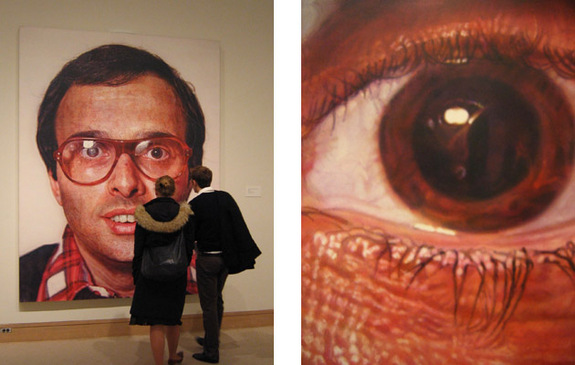..or: How artists try to get the viewer to have an enhanced experience.
When it comes to Experience Architecture, Neuroesthetics (Neural bases for the contemplation and creation of a work of art) might come to your mind.
Vilayanur S. Ramachandran* developed eight laws of artistic experience hoping to find a mechanism to explain how we perceive artworks. One of them is the Peak Shift Principle. Following the magnificent explanation on wikipedia the principle is best explained by the example of training a rat. If you want a rat to discriminate a rectangle from a square, you best reward the rat whenever it choses the rectangle. The interesting thing is: As soon as the rat recognises the rectangle as the better option, one can build a „Super-Rectangle“ (longer and more narrow – therefore more explicitly a rectangle) to enhance the intensity of the rat´s response. A supernormal stimulus is created.
Artists often capture the very essence of something to create this kind of effect. On purpose or not – the impact on the viewer is explicit.

Chuck Close Mark 1978 – 1979
*Ramachandran, V.S.; Hirstein, William (1999). „The Science of Art: A Neurological Theory of Aesthetic Experience“ (PDF). Journal of Consciousness Studies. 6 (6–7): 15–51.
